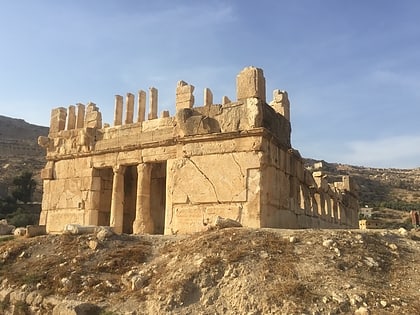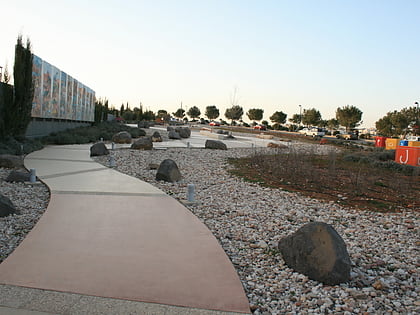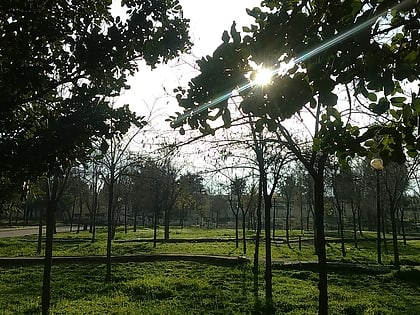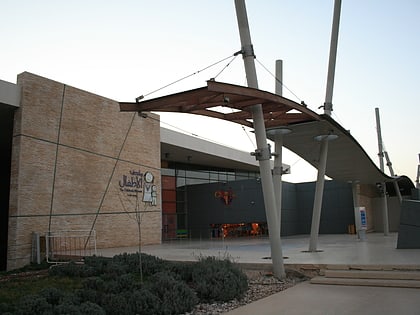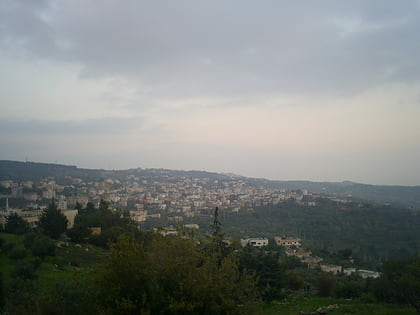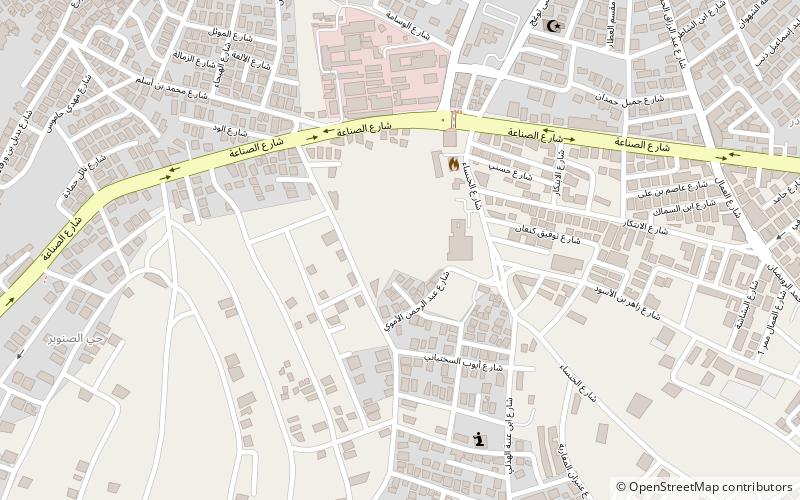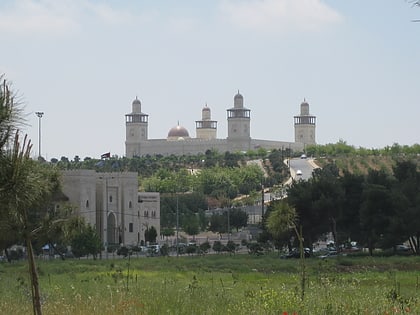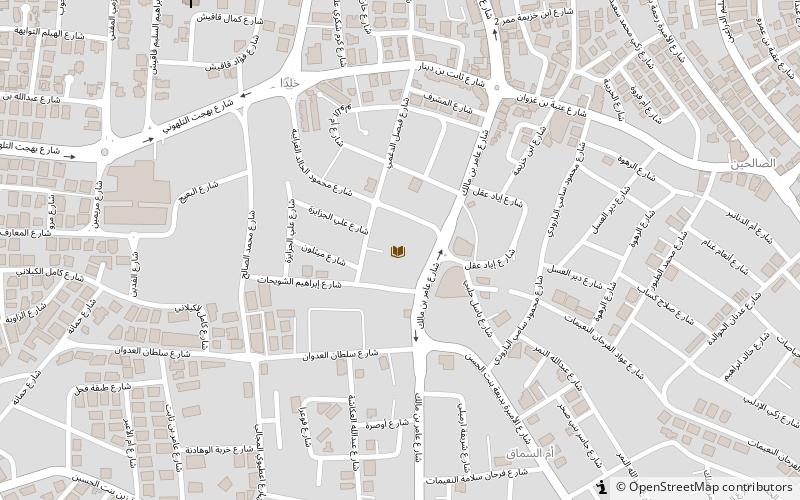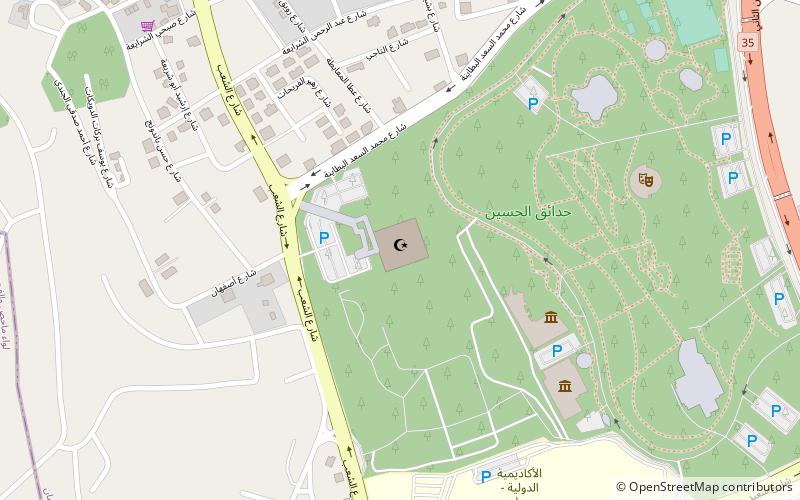Qasr al-Abd, Amman

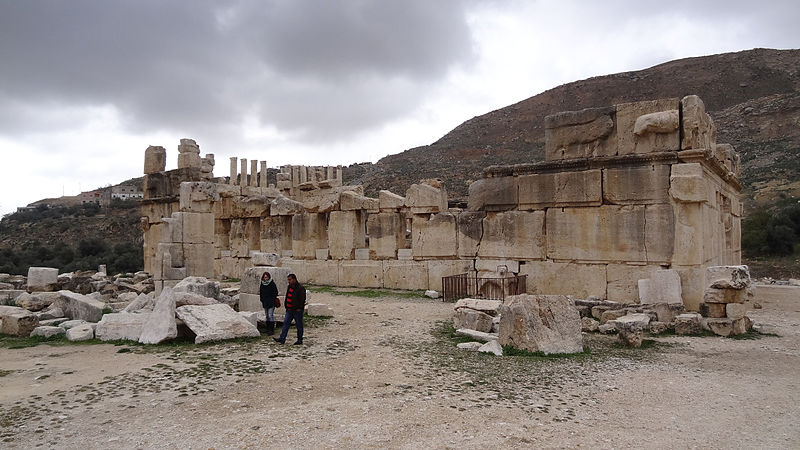
Facts and practical information
Nestled within the rolling hills outside the bustling city of Amman, Jordan, lies the enigmatic archaeological site of Qasr al-Abd. This ancient structure, whose name translates to "Castle of the Slave," is a testament to the Hellenistic influence that permeated the region over two thousand years ago. Constructed in the second century BCE, Qasr al-Abd is an architectural marvel that has intrigued historians and tourists alike with its blend of Greek and local design elements.
The site, which is believed to have been commissioned by Hyrcanus of Jerusalem, a member of the powerful Tobiad family, stands out for its unique features that are rare in Jordanian architecture. The large, two-story stone building was crafted from enormous blocks of limestone, and its walls are adorned with carvings of animals and mythological creatures, adding an air of mystery to its already impressive facade.
Despite the ravages of time and historical upheavals, Qasr al-Abd has managed to preserve much of its grandeur. The site includes a forecourt, which leads to the imposing entrance, and remnants of what were once elaborate gardens and water channels, hinting at the luxurious lifestyle of its former inhabitants.
Today, Qasr al-Abd is a key tourist attraction for those visiting Amman. The site provides a rare glimpse into the Hellenistic period in Jordan and offers a chance to step back in time to an era when the fusion of cultures created something truly magnificent. The castle's remote location, about 17 kilometers west of Amman in the Wadi as-Seer area, makes it a peaceful retreat from the city's hustle and bustle.
Qasr al-Abd – popular in the area (distance from the attraction)
Nearby attractions include: Mecca Mall, Royal Automobile Museum, City Mall, Al Hussein Public Parks.
